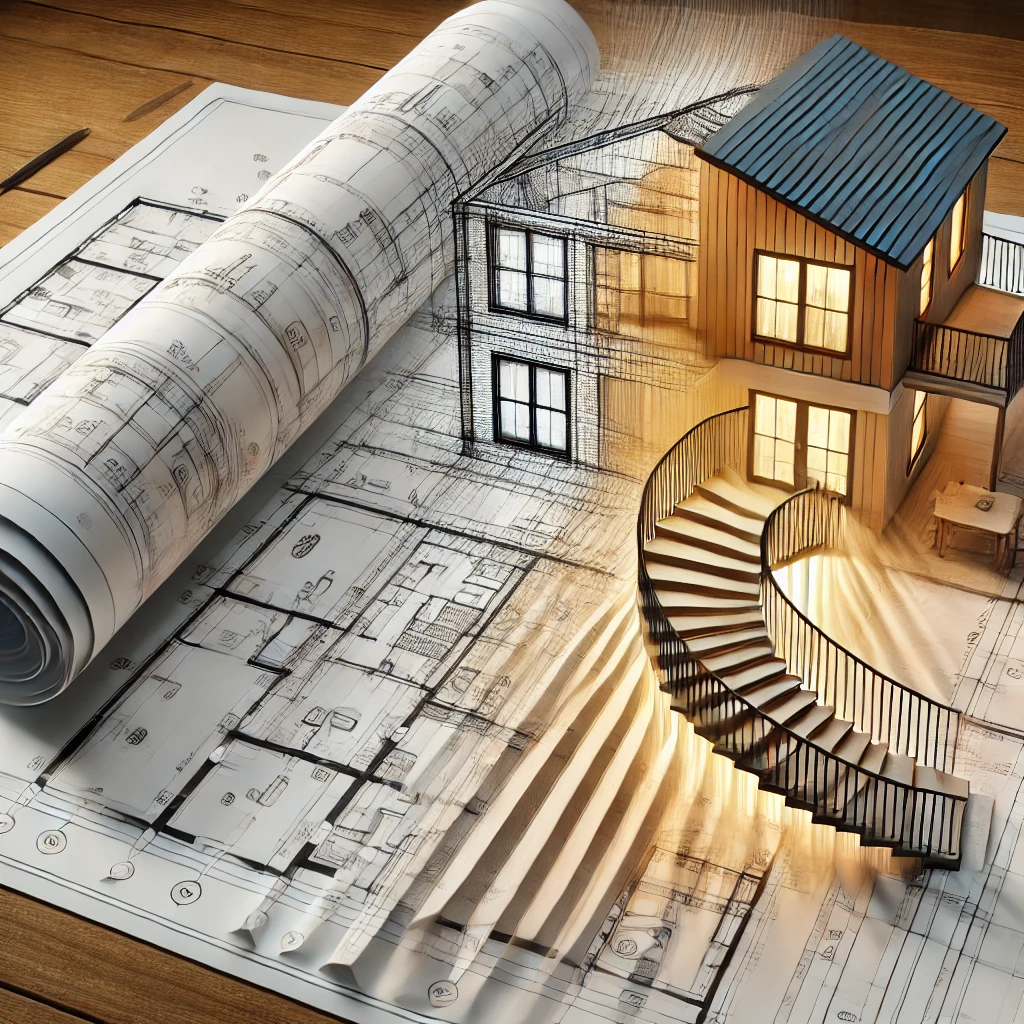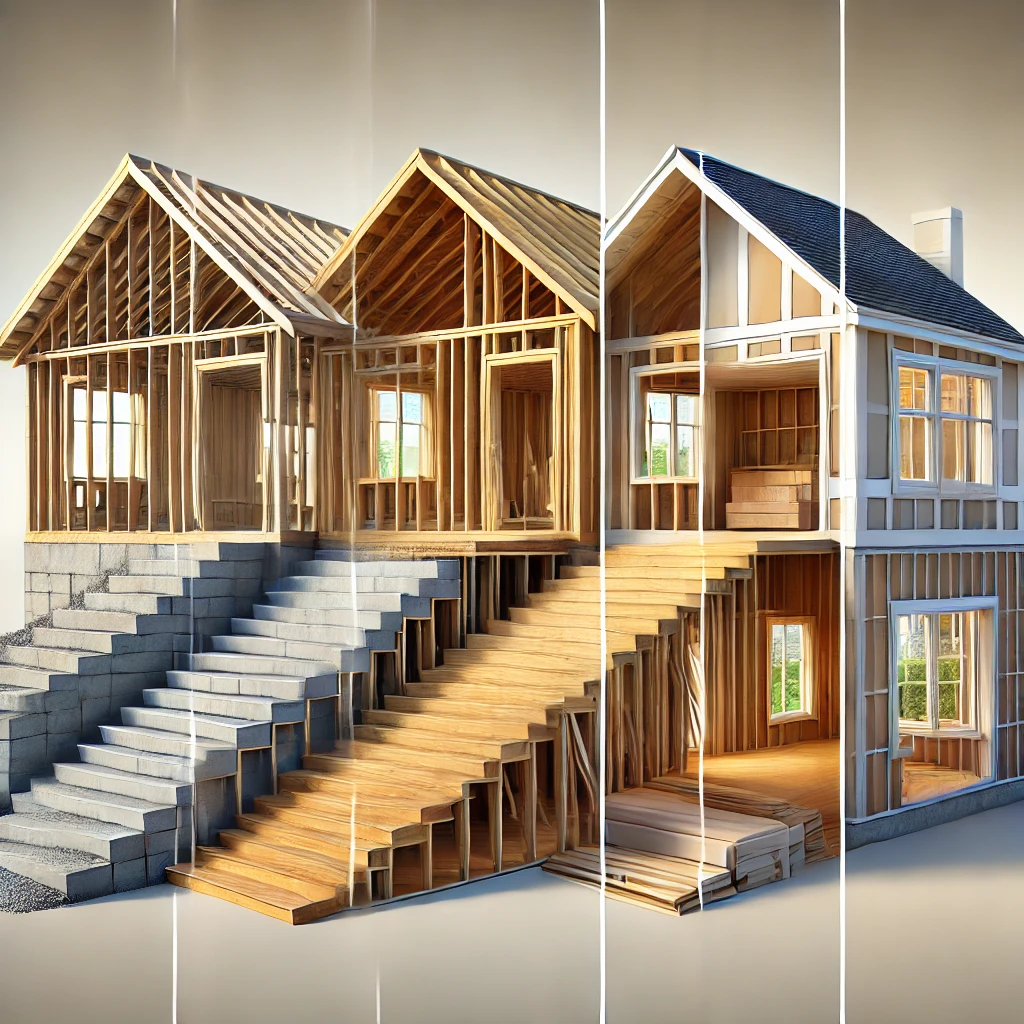Domenic Gallippi
Mortgage Agent Level 1 - M23007938
domenic@bettermortgagesbydom.ca
Tel: 416-801-6616 | Cell: 416-801-6616
Domenic Gallippi
Mortgage Agent Level 1 - M23007938
domenic@bettermortgagesbydom.ca
Tel: 416-801-6616 | Cell: 416-801-6616
For many, the ultimate dream isn't just to buy a home, but to build one—a space perfectly tailored to your family's needs and vision. Whether it's a custom build on a piece of land or a major "down-to-the-studs" renovation of an existing home, bringing that dream to life requires a special kind of financing: a construction mortgage.
Unlike a traditional mortgage where you get all the funds at once to buy a finished home, a construction mortgage is designed to fund a home that doesn't exist yet. The process is more involved, but it's a well-trodden path.
Here’s a step-by-step guide to how it works.

Before any lender will talk to you, you need a solid plan. This is your foundation.
Your Blueprints: You'll need a full set of architectural drawings and plans for your home.
Your Budget: A detailed, line-by-line budget of all anticipated construction costs.
Your Builder: You need a reputable, qualified builder with a proven track record. Lenders will vet your builder and may require them to be registered with programs like Tarion.
This is a crucial step. A professional appraiser will analyze your plans, your land, and your budget. They will then provide an appraisal report that estimates the fair market value of your home after the construction is complete. This future value is what the lender will base their loan amount on.
With your plans, builder, and appraisal in hand, you can now apply for the mortgage. A construction mortgage is typically structured as a combination loan. You might have a variable rate during the construction phase, which then converts to a standard fixed or variable mortgage once the home is finished. Qualification is based on your full financial picture, just like a regular mortgage.

This is the key difference. The lender doesn't give you all the money at once. Instead, they advance the funds in stages, known as "draws," as the project reaches specific milestones. A typical draw schedule might look like this:
First Draw (Land/Foundation): Funds to purchase the land and pour the foundation. (Often 0% if land is already owned).
Second Draw (Framing - ~35% complete): After the foundation is complete, framing is up, and the roof is on.
Third Draw (Lock-Up - ~65% complete): After windows, doors, and electrical/plumbing rough-ins are done.
Fourth Draw (Drywall - ~85% complete): After insulation and drywall are installed.
Final Draw (Completion - 100% complete): Once the home is fully finished, has passed inspections, and receives its occupancy permit.
Before releasing each draw, the lender will send an inspector or appraiser to the site to verify that the work has been completed to the required stage.

Building a home is one of the most rewarding projects you can ever undertake (I’ve done it myself and my wife and I always say we would love to do it again!). It requires careful planning and a team of experts on your side. My role is to manage the financial side of that project, ensuring you have a smooth, predictable flow of funds from foundation to finish. If you're dreaming of building, let's start the conversation.
Ready to discuss your home ownership goals and a Better Mortgage by Dom?
Call/text: 416 801-6616. Email: Domenic@BetterMortgagesByDom.ca
Connect/Follow me: Facebook, Instagram, X (formerly Twitter), LinkedIn
Download my app - featuring premium interactive tools, calculators, and illustrators for smart planning and real-time rate updates
Please share with anyone that you think can benefit from my help - all introductions are greatly appreciated!